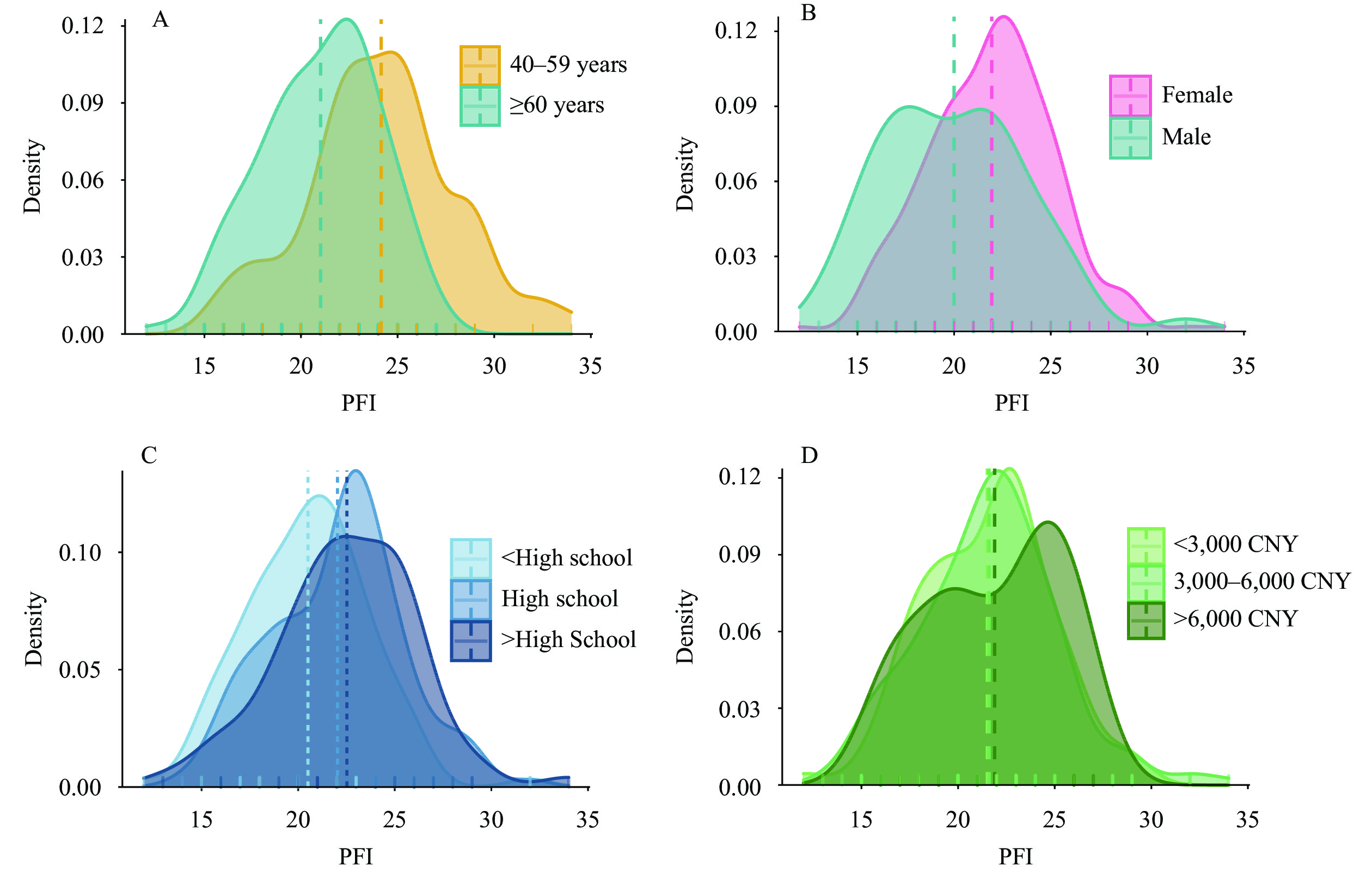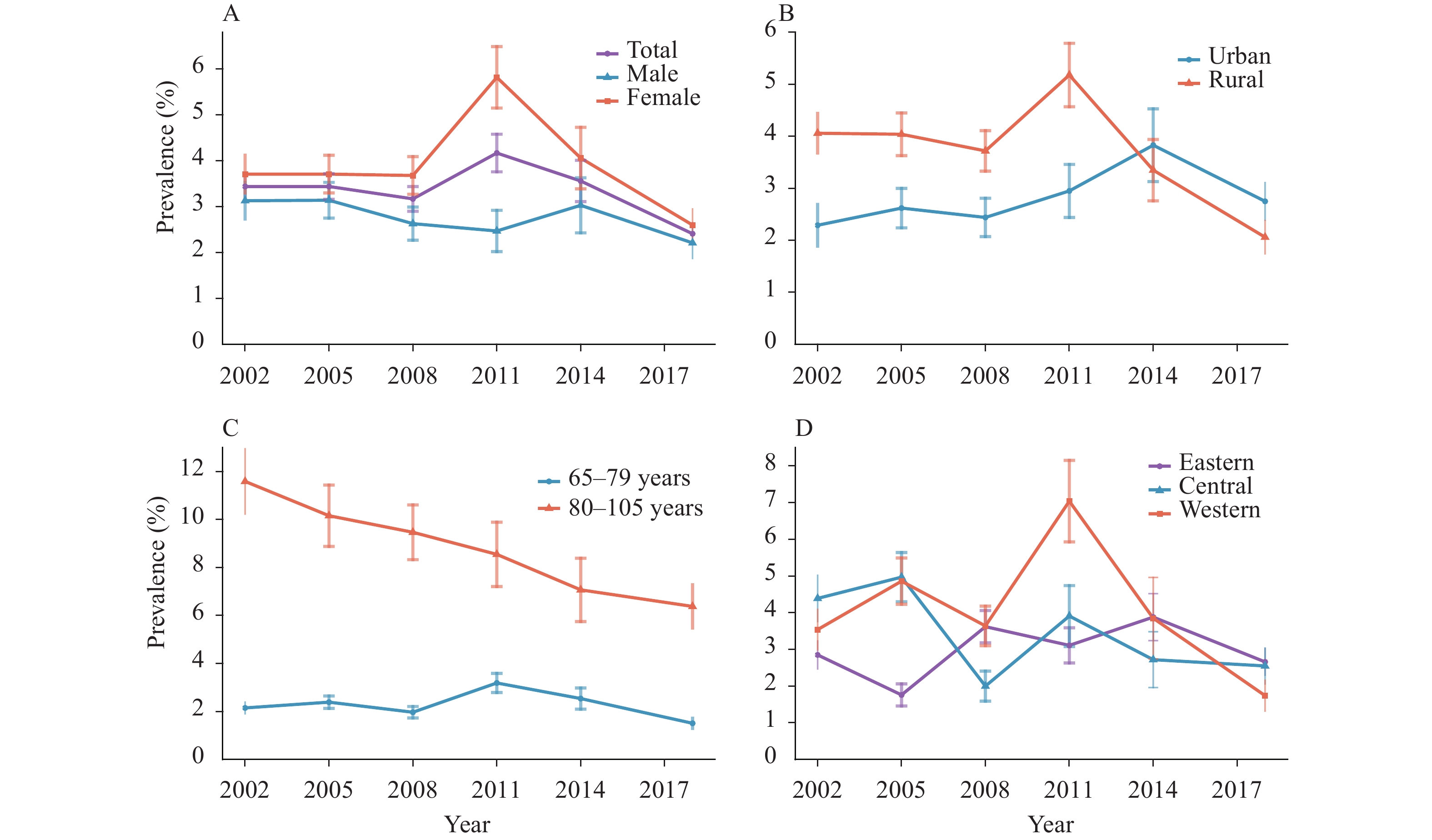2022 Vol. 4, No. 42
Greenness, which refers to the density of vegetated land, has been identified as an essential component of a healthy built environment for human health. Residential environment plays a critical role in the progression of early-onset or late-onset asthma.
Based on the China Health and Retirement Longitudinal Study from 2011 to 2018, this study indicates a negative association between greenness and asthma in the middle-aged and elderly population.
This study provides further guidance for environmental policymaking in city planning and public health protection to increase greenness in order to counteract the adverse health effects associated with rapid urbanization processes.
Physical fitness is well documented to be associated with physical activity among adults in the United States. In China, research on this association places a heavier emphasis on the populations of children and adolescents.
Physical fitness was shown to be positively associated with physical activity among adults aged 40 to 79 years in China. In populations with lower levels of physical fitness, this association was stronger. The coefficients of the log-transformed metabolic equivalent value of physical activity (logPA) in quantile regression models at the 25th, 50th, 75th, and 90th percentile of the physical fitness indicators were 1.14, 1.04, 0.89, and 0.84, respectively.
Effective measures should be implemented to promote physical activity among adults ages 40 and older, such as providing sufficient space for physical activity, especially for communities with low levels of physical fitness.
Earlier studies indicated that shorter or excessive sleep duration at baseline was related to cognitive impairment. Yet few studies have been concerned with the association between sleep duration changes and cognitive performance, especially in low- and middle- income countries.
A prospective cohort study suggests that maintaining moderate sleep duration may lead to optimal cognitive performance. Either decreasing, increasing, or keeping a longer sleep duration is associated with the risk of cognitive impairment among Chinese elderly aged 65 years and over.
Maintaining a moderate sleep duration may be a protective factor against cognitive impairment. Therefore, we need to pay attention to the seniors' sleep health and prevent or delay the progression of cognitive impairment through sleep therapy.
This study aims to analyze trends and subgroup differences in the prevalence of cognitive impairment among older Chinese adults aged 65–105 years from 2002 to 2018.
Data were drawn from six waves of the Chinese Longitudinal Healthy Longevity Survey (CLHLS). Cognitive function was measured using the Chinese version of the Mini-Mental State Examination (CMMSE). Cognitive impairment was determined by the total CMMSE score and educational attainment of participants. The generalized estimating equation (GEE) models with a logistic link and binominal distribution were performed to assess the secular trend in the prevalence.
The prevalence of cognitive impairment among older adults aged 65–105 years decreased from 3.44% [95% confidence interval (CI): 3.15%–3.73%] in 2002 to 2.41% (95% CI: 2.17%–2.65%) in 2018 in China. The prevalence was slightly higher in women than in men in 2002 (3.71% vs. 3.13%, P<0.05), and there was no significant difference between women and men in 2018 (2.60% vs. 2.21%, P=0.12). Rural older adults had a higher prevalence of cognitive impairment before 2014, but their urban counterparts had a higher prevalence in 2018 (2.75% vs. 2.06%, P<0.05). The GEE regression model showed that each successive year was associated with a 3% reduction in the odds of the prevalence of cognitive impairment [odds ratio (OR)=0.97; 95% CI: 0.97–0.97; P<0.05].
The prevalence of cognitive impairment among Chinese older adults aged 65–105 years declined slowly from 2002 to 2018. The gender, urban-rural, age, and regional differences in the prevalence of cognitive impairment changed over time.



 Subscribe for E-mail Alerts
Subscribe for E-mail Alerts CCDC Weekly RSS Feed
CCDC Weekly RSS Feed


